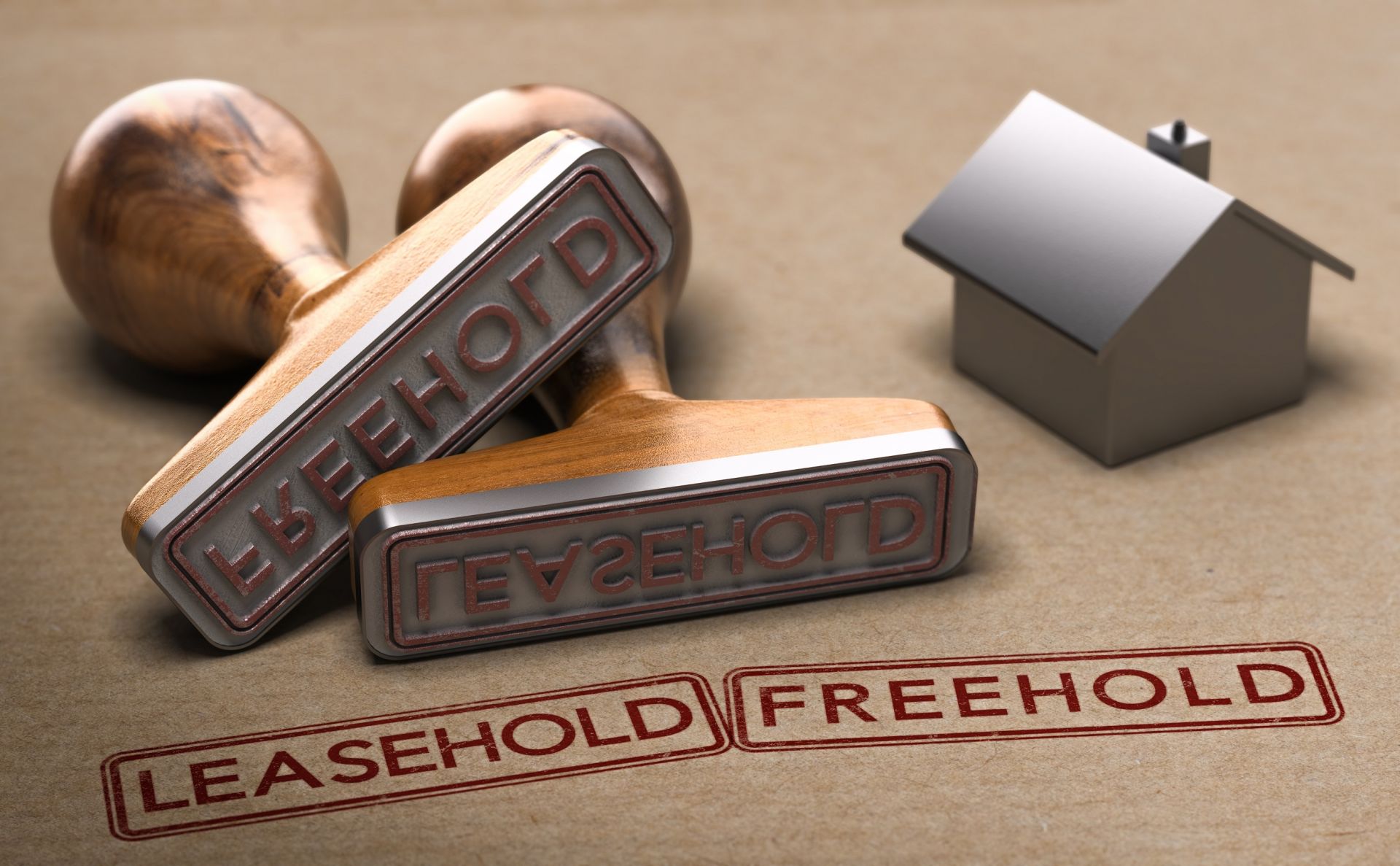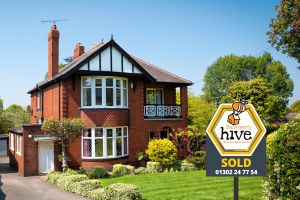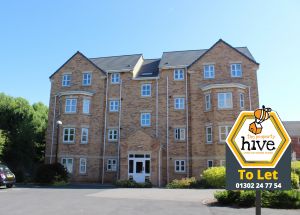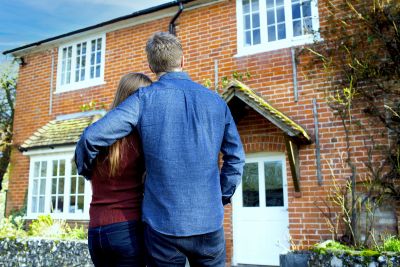In England, there are two main types of property ownership: freehold and leasehold.
While both types of ownership offer their benefits, it's important to understand the differences between them before deciding to buy a property.
What is a freehold property?
Freehold ownership means that the buyer owns the property and the land it sits on outright. This means that they have complete control and responsibility for the property, and can make decisions about any modifications, maintenance or improvements they may wish to make.
What is a leasehold property?
Leasehold ownership, on the other hand, means that the buyer (leaseholder) owns the property for a set period of time, usually between 99 and 999 years, but does not own the land it sits on. The land is owned by the freeholder. This type of ownership is most common with apartments and flats, where multiple units are situated in a single building, but is also becoming more popular with new housing developments. The leaseholder may be responsible for the maintenance of shared areas like stairways, gardens parking, etc. In some instances, the leaseholder may charge annual ground rent or maintenance fees to cover the costs of shared upkeep and maintenance.
What are the key differences?
One of the main differences between freehold and leasehold ownership is the level of control and responsibilities over the property. With a leasehold property, the leaseholder may be required to adhere to certain restrictions to protect the outlook of the property or the estate. For example, the lease may prohibit the installation of unsightly satellite dishes or require permission from the freeholder before any modifications are made. This can ensure the location remains attractive and desirable. On the plus side, some of the responsibilities and costs of upkeep and maintenance may also sit with the freeholder. This can include provisions for building insurance, window cleaning, gardening, etc.
When considering purchasing a property, it's important to weigh up the pros and cons of both freehold and leasehold ownership. Freehold properties offer greater control and autonomy but can come with a higher price tag and the responsibilities of maintenance and repairs. While leasehold properties can benefit from the protection from undesirable local development and reduced responsibilities for upkeep and maintenance.
Our advice to buyers is to obtain as much information at the earliest opportunity to understand what the key terms and costs are associated with a leasehold property. It would be a good idea to ask the following types of questions. Don’t assume that because a property is a freehold, you won’t have similar types of expenditure.
- What is the remaining term of the lease?
- Is there any Ground Rent, if so, how much and how frequently is it payable?
- Are there any restrictions regarding keeping pets, property modifications, installations, etc?
- Are there any maintenance fees, if so, how much is it, how frequently is it paid, and does it include things like:
- Window cleaning
- Buildings insurance
- Gardening
- Decorating
- Building & Roof repairs
Ultimately, the decision will come down to personal preference and individual circumstances, so it's important to seek professional legal advice on the key terms and conditions associated with any purchase before making any decisions.
If you would like to know more, please give your local Doncaster property experts a buzz at 01302 247754 or reach out to us at info@thepropertyhive.co.uk.










